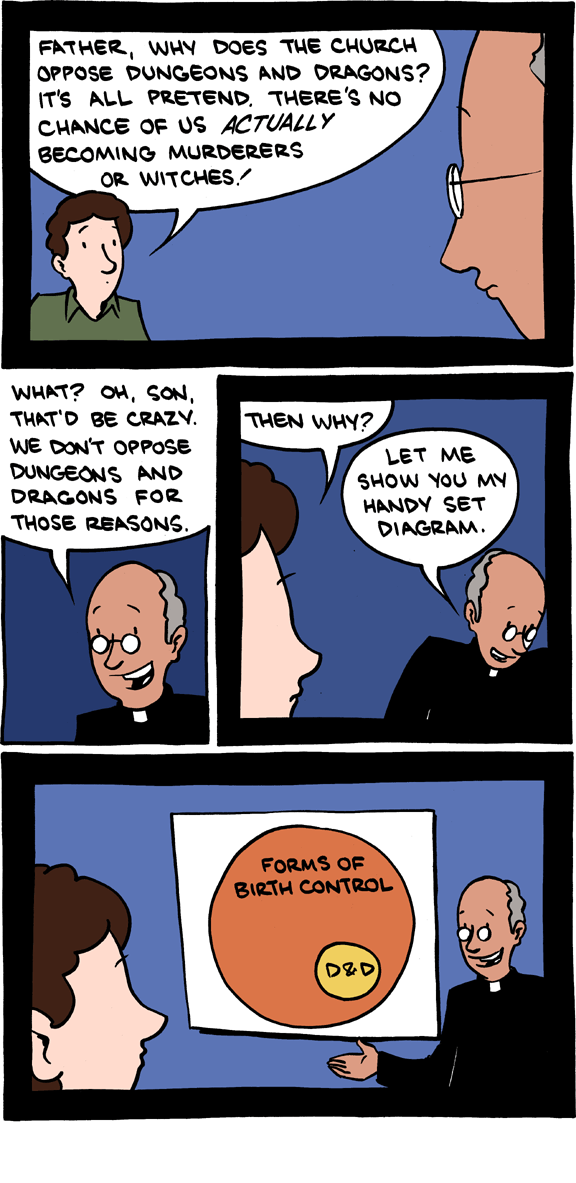In my dermatillomania post, a commenter linked to this art installation that I just had to share:
In 2003 a building housing the Massachusetts Mental Health Center (MMHC) was slated for demolition to make way for updated facilities. The closure was a time for reflection and remembrance as the MMHC had been in operation for over 9 decades and had touched countless thousands of patients and employees alike, and the pending demolition presented a unique problem. How does one memorialize a building impossibly rich with a history of both hope and sadness, and do it in a way that reflects not only the past but also the future? And could this memorial be open to the public, not as a speech, or series of informational plaques, but as an experience worthy of they building’s unique story?
To answer that question artist Anna Schuleit was commissioned to do the impossible. After an initial tour of the facility she was struck not with what she saw but with what she didn’t see: the presence of life and color. While historically a place of healing, the drab interior, worn hallways, and dull paint needed a respectful infusion of hope. With a limited budget and only three months of planning Schuleit and an enormous team of volunteers executed a massive public art installation called Bloom. The concept was simple but absolutely immense in scale. Nearly 28,000 potted flowers would fill almost every square foot of the MMHC including corridors, stairwells, offices and even a swimming pool, all of it brought to life with a sea of blooms. The public was then invited for a limited 4-day viewing as a time for needed reflection and rebirth.
Make sure to check out the rest of the photos and the interview with the artist here. I’m absolutely in love with it. Mental health problems have so much stigma attached to them. It’s wonderful to reframe the issue as being about rebirth, growth, and brightness instead of something bleak, deranged, and evil. I think this reaction from someone who visited the exhibit summarizes it perfectly:
“I walked through Bloom with a close friend of mine who has spent a great deal of time inside similar hospitals. He was close to tears and repeated said he felt the desire to jump into the flowers, sum bold for the freedom and the celebration of his own growth and healing. We recognized that Bloom brought beauty and wonder to what has always been an inherently taboo subject matter.”
This is post 33 of 49 of Blogathon. Donate to the Secular Student Alliance here.












